Therapy has many stereotypes associated with it. Debunking a few of these myths about therapy is vital to breaking the prejudice attached to it.
A lot has been written about mental health in the workplace and the risks of sharing a mental illness with coworkers or employers. May is Mental Health Awareness Month, an important time to address the unfortunate, widespread stigma that still exists about mental health and psychotherapy in America. Much more needs to be done to educate the public about mental health wellness and suicide prevention.
Misguided notions about what really goes on in a practicing psychotherapist’s office often come from novels or television. Psychotherapists are often portrayed as incompetent hacks, more disturbed than their clients. Some scenes are good, some bad, and others downright comical. There are numerous myths about psychotherapy that continue to show up in the written word, on the screen, and in the workplace. Here are ten of the most common ones.
Here Are 10 Common Myths About Therapy
1. People who seek psychotherapy are weak, mentally ill, or crazy.
Untrue. Nowadays if you seek treatment, it’s often viewed as a sign of resourcefulness. The average therapy client struggles with many of the same problems we all struggle with daily: relationships, self-doubt, confidence, self-esteem, work-life stress, life transitions, depression, and anxiety.
The preferred designation for the person in therapy is “client,” not “patient,” for that very reason. Over my 25 years of experience, I’ve often said that the folks I treat in therapy are mentally healthier than some people walking the streets who fear the stigma of mental health counseling.
2. Therapists sit behind desks taking notes while you lie on a couch.
This is rarely the case. Trained clinicians know that the arrangement and distance between them and the client are critical for a safe and workable therapeutic alliance. Psychological or physical separation from the client can create subtle authority and intimidation and an inability on the client’s part to fully connect and disclose information pertinent to treatment.
The typical therapeutic setting is much like your living room where both parties sit in comfortable chairs without barriers between them. Good therapists often ask if the distance is comfortable and refrain from taking notes until after the session so they can be present with clients.
Related: 15 Art Therapy Exercises to Control Your Mind and Channel Your Emotions
3. Psychotherapists and clients become best friends.
There is no basis in the myth often seen in literature that you pay a psychotherapist to be nice to you and care for you. The therapeutic relationship is a psychologically intimate but strictly professional one.
It’s the therapist’s absolute commitment and requirement of ethics and law that the relationship is limited to counseling sessions and necessary email, phone, or text contacts. Clinicians who break the boundary between a professional relationship and friendship can lose their licenses for such infractions. The client’s name and personal story are strictly confidential.
In an episode of the TV series “The Sopranos,” a serious ethical lapse occurred when one therapist revealed the name of another therapist’s client across a crowded table at a dinner party full of clinicians. Around the country the next day, the episode outraged clients and therapists because of this egregious ethical violation. Some fans even lost faith in their ability to maintain “belief” in the television program.
4. Psychotherapy is mostly just talk.
Therapy isn’t passive. Scenes in novels and TV shows where therapists just listen to clients vent, nod their heads in approval, and mirror back the same words are stereotypes. These are those cases in fiction where therapists interpret clients’ experiences for them instead of eliciting a client’s own interpretations.
With today’s cutting-edge therapies, clinicians are trained in experiential and therapist-led modalities that engage both parties in an interactive collaborative process based on dialogue and the client’s active engagement in joint problem-solving. Together psychotherapists and clients identify problems, set goals, and monitor progress sometimes with homework and reading assignments as part of the process.
5. Psychotherapists have ready-made solutions for all of life’s problems.
What is important in establishing the therapist-client alliance is not what the therapist thinks is important to bring about change but what the client thinks is important. A good therapist tailors treatment sessions around the needs of clients instead of plugging clients into ready-made formulas.
In so doing, clinicians listen not just to the content of the story but for deeper themes and patterns that undergird the stories. This allows the professional to mirror feedback based on these emerging themes and patterns that can facilitate change, not just the repetitive words and phrases that clients supply.
Related: Debunking 11 Common Myths Around Mental Health
6. Psychotherapists blame a client’s problem on their upbringing.
Despite the theatric antics of Dr. Phil, a well-trained therapist doesn’t blame or shame. They don’t blame clients or their parents. They bring an objective, bird’s-eye perspective to help clients see the water they’re swimming in and allow them to take responsibility for their lives. Professional therapists never admonish, blame, or shame clients into change.

7. Psychotherapists can prescribe medication.
This is a common myth. The term “psychotherapist” is a broad umbrella that includes licensed social workers, licensed marriage and family therapists licensed practicing counselors, and licensed psychologists. Although this practice has changed in some states, generally speaking, psychotherapists are trained in the skill of helping clients work through their problems.
Psychiatrists are medical doctors who usually limit their practices to prescribing and monitoring psychotropic medications while working with psychotherapists who conduct the therapy itself.
8. Psychotherapy can solve problems in one or two sessions.
While convenient for the novel or television show to have a character “fixed” in a session or two, it doesn’t work that way in real life. The average session is around 50 to 60 minutes and the first session is basically an intake and getting acquainted session. To get to the heart of a problem, psychotherapy takes many more sessions over time.
On the flip side, as in “The Sopranos,” psychotherapy rarely takes six or seven years. Generally speaking, something’s not working when a client works with the same therapist for excessively long periods of time. The average therapy course is three to four months.
Related: 6 Reasons Why Art Therapy Is Beneficial For Kids
9. Psychotherapists believe that personality is cemented by age 5.
The belief that you can’t teach old dogs new tricks is perhaps the biggest myth of all. When you read a novel in which a therapist says that personality is fixed by age 5, it’s laughable and the story loses credibility.
Neuroscientists have shown that the brain is malleable, and MRI technology allows us to see this change. Researchers from the University of Wisconsin, using the latest in MRI brain imaging technology, have shown that meditation naturally and beneficially increases the neural mass (gray matter) of the brain by harnessing the brain’s “neuroplastic” potential.
Some of the latest psychotherapy techniques utilize treatment such as empathy and compassion based on neuroplasticity—the creation of new neural pathways in the brain and thus the potential for new beliefs and behaviors throughout life from womb to tomb.
10. Psychotherapists make clients feel immediately better after each session.
This scenario might be convenient for a storyline, but nothing is further from the truth. Clients are not cars, and therapists aren’t mechanics. Clients are active participants while therapists help them face and uncover whatever is bothering them. That process takes time and can be initially difficult and painful.
Having feelings stirred up is part of the therapeutic process. When psychotherapists describe the healing trajectory, we often say sometimes things get worse before they get better. But skilled therapists are trained on how to lead clients through the storm into the calm.
Related: Aquarium Therapy: 6 Ways Aquariums Help Us Restore Our Mental Health
References
Finding Help
If you or someone you know is struggling with a mental health issue, don’t hesitate to reach out for help. Contact Mental Health America at www.mentalhealthamerica.net/contact-us to find resources closest to you or call 1-800-273-8255, a 24-hour crisis center. You can also call 1-800-985-5990 or text “TalkWithUs” to 66746 at the SAMHSA Disaster Distress Helpline. Trained crisis workers will listen to you and direct you to the resources you need. In an emergency, call 911 or contact a local hospital or mental health facility.
Lutz, A., Lewis, J., Johnstone, T., & Davidson R.J. (2008). Regulation of the neural circuitry of emotion by compassion meditation: Effects of meditative expertise. PLOS. https://doi.org/10.1371/journal.pone.0001897
Ruby P, Decety J (2004) How would you feel versus how do you think she would feel? A neuroimaging study of perspective-taking with social emotions. Journal of Cognitive Neuroscience. 16: 988–999.
If you want to know more about this topic, then you can buy Bryan Robinson’s book, #Chill at amazon.com, or on his website, bryanrobinsonbooks.com.
Written by Bryan Robinson
Originally Appeared In Psychology Today
When it comes to mental health and therapy, there are many stereotypes and prejudices associated with it. Going for therapy doesn’t equate to being crazy, or loony; you are simply taking care of your mind, just like you do for your body. The first step to breaking this stigma is by breaking the myths about therapy. The moment these myths about therapy are debunked, people will gradually feel more comfortable talking about their mental health issues, which in turn helps them take better care of themselves.
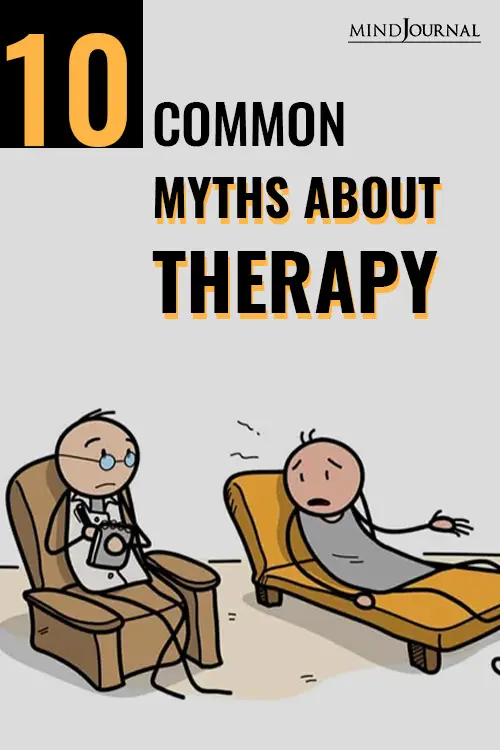
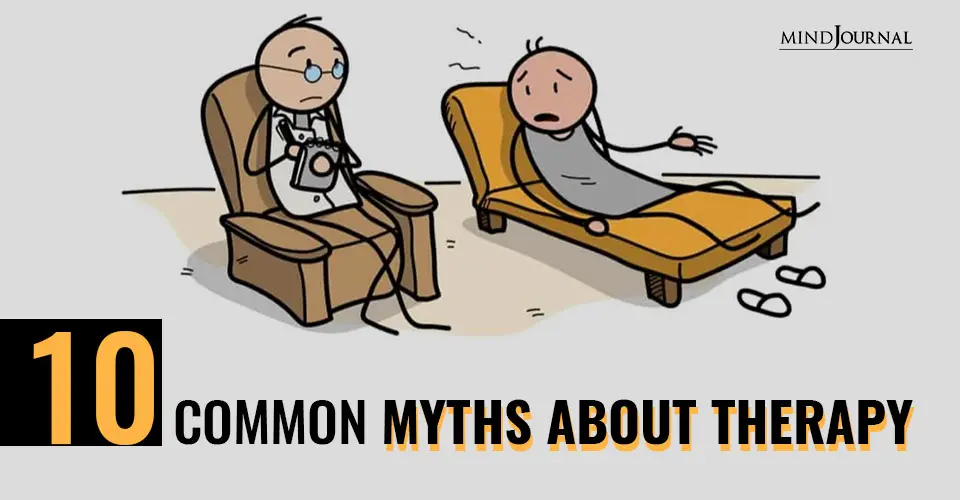

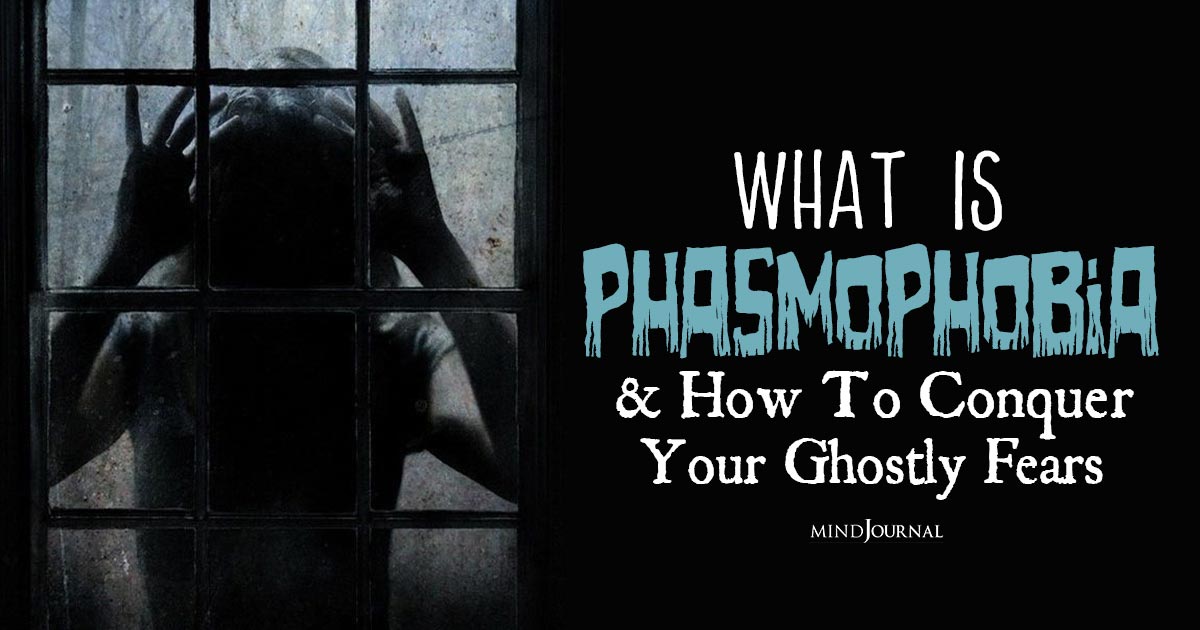
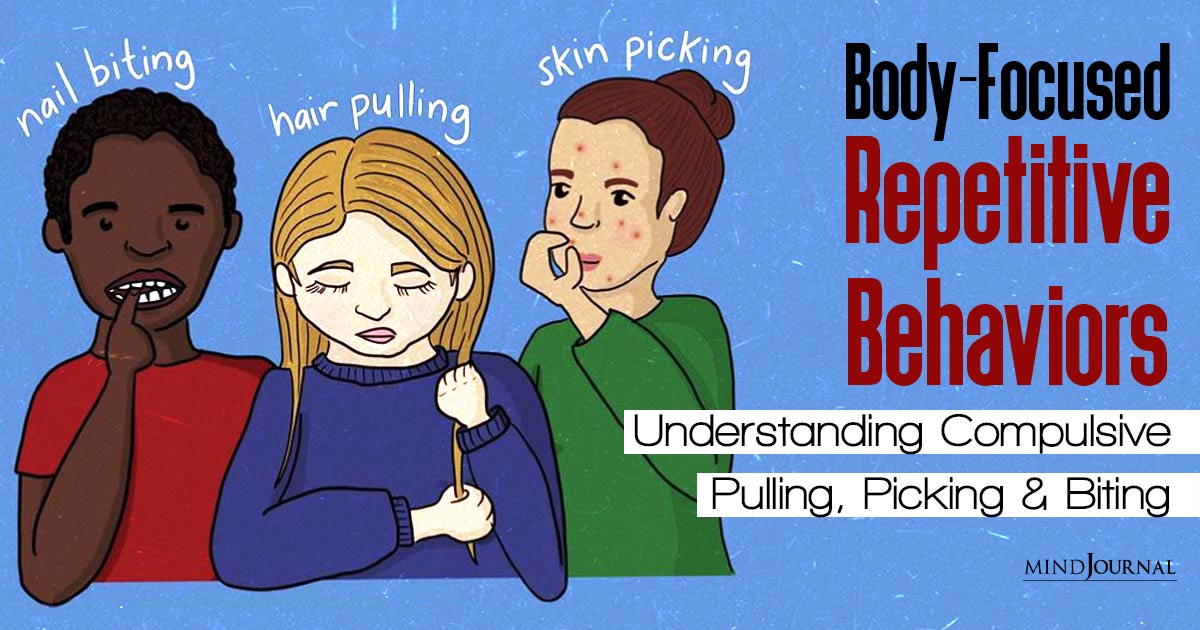


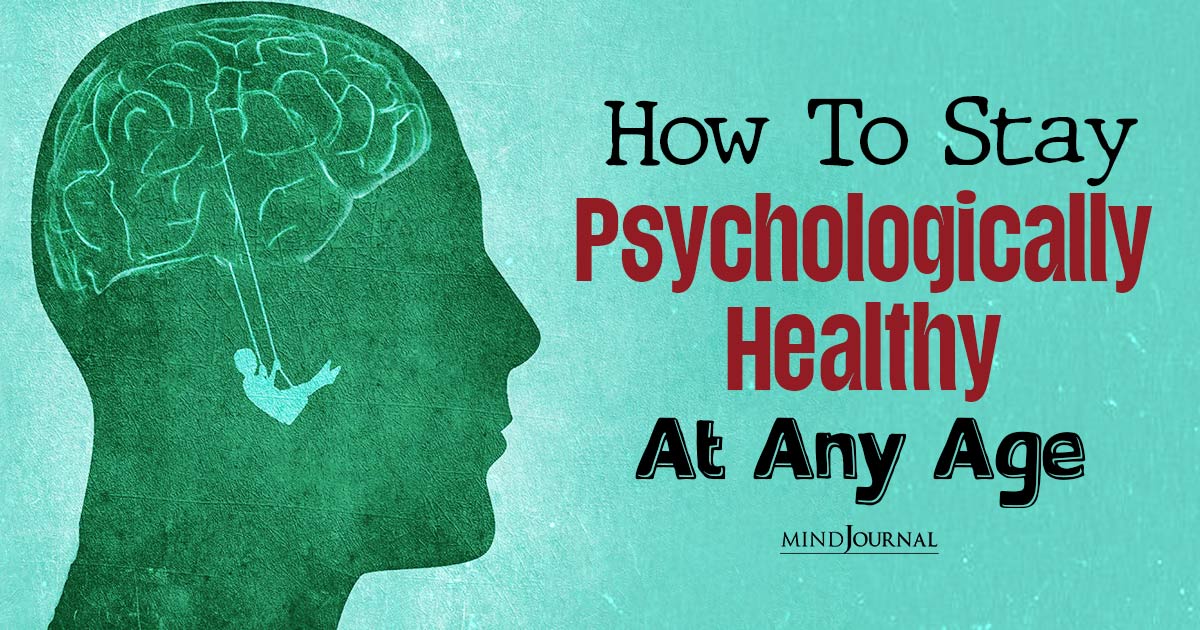

Leave a Reply
You must be logged in to post a comment.